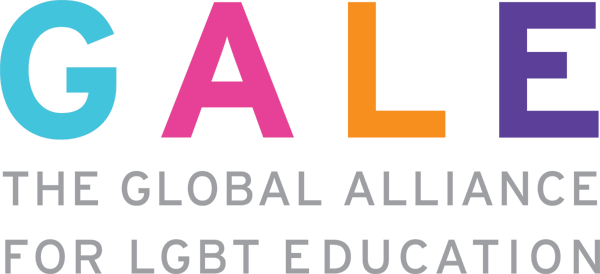NISO project: the Voice OUT method
The NISO project was carried out by an international partnership from Italy, the Netherlands, Estonia and Belgium under the leadership of the Province of Rome in Italy.
The project developed a curriculum "Voice OUT", which aimed to involve students in school safety, human rights, and LGBTI emancipation in the context of the regular curriculum. Voice OUT is a curriculum on respect, identities, human rights, and LGBTI issues. The Voice OUT "toolkit" consists of an enormous series of exercises and manual on how to use these exercises as a curriculum. The exact composition of the curriculum is dependent on the level of the students and a number of lessons that the school wants to spend on the curriculum. The toolkit gives options for different levels of exercises and the curriculum and the plans during a minimum of 6 and a maximum of 15 lessons.
See for a complete overview of the project: The NISO Project: a High School Game to Combat Homophobia
Summary of the curriculum
The core of the curriculum is that at the end of the lessons, students have to make a mini campaign about human rights in their school. In the campaign has to includes two criteria:
- Sexual diversity has to be part of it (otherwise this theme will be too quickly avoided)
- The campaign should consist from at least a filled commercial of about 3 minutes.
The lessons usually start with attention for basic social competences and respect. It goes on to elaborate about the role of identity, which is always unique for everyone, and nobody wants to be excluded because of one aspect of their identity. When all students agree on which basic social behaviors are agreed upon and desirable, the curriculum goes on to elaborate the understanding of social behavior in the context of societal solidarity and human rights. In this part, students explore how they can translate their own needs for a safer world, a safer school and a safer class into recommendations that fit in the global human rights context. In the third part of the curriculum, the students develop a campaign message and the slogan, and they develop a campaign plan, and they produce concrete products and actions, like the commercial.
To make the commercial, the students develop a slogan with a connecting story, they make a film scenario story board, they divide tasks (director, camera(wo)man, actors, production) and they feel an edit the commercial.
The last part of the curriculum is the implementation of the campaign. When the students only made a commercial, they go around the other classes and present their films. During the presentation. They explained why they make the film and answer questions. After this, each class votes. Which of the commercials they judge as making the best impression, and which film has the best message. At the end of the day the election results are presented.
Resources
- Voice OUT toolkit English
- Voice OUT toolkit Italian
- Voice OUT toolkit Dutch/Nederlands
- Voice OUT toolkit Estnian
- Background_analysis
- NISO final report
- NISO international report
- National report Italy (English)
- National report Italy (Italian)
- National report Estonia (English
- National report Belgium (English)
- National report Belgium (Flemish)
- National report Netherlands (English), public version: "What do we do with the sissies?"
- National report Netherlands (Dutch)
- Brochure Voice OUT


